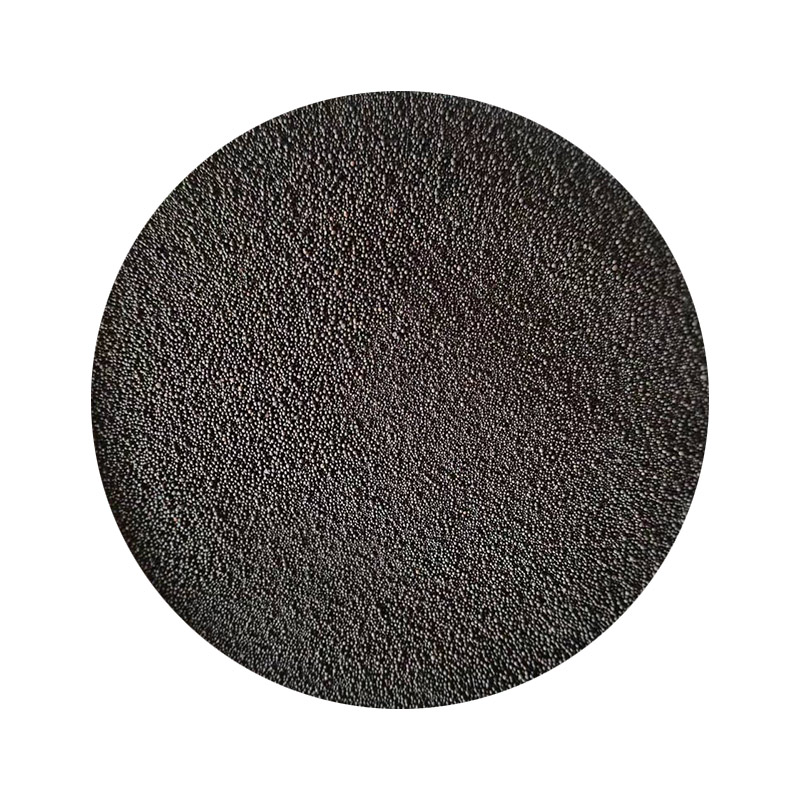

As the process involves high temperatures and molten metal, adherence to safety protocols is paramount. The development of durable personal protective equipment (PPE) and the adoption of safety-first training programs underscore the industry's commitment to fostering a safe working environment. This focus not only protects the workforce but also ensures the trustworthiness of the process, as incidents are minimized, reflecting a stable production routine. Trust in open sand casting is further reinforced by stringent quality control measures. Each cast is subjected to a series of inspections, from visual inspections to more sophisticated non-destructive testing methods. These quality assurance practices certify the integrity and usability of each component, ensuring compliance with industry standards and customer specifications. Environmental considerations are paramount in today's manufacturing landscape. Open sand casting has evolved to incorporate sustainable practices, such as the reclamation of used sand and the reduction of emissions through more efficient melting technologies. Such initiatives highlight the industry’s role as a responsible steward of environmental resources, fortifying its credibility and future readiness. In conclusion, open sand casting's blend of traditional craft and modern innovation exemplifies an enduring manufacturing technique that meets contemporary needs with reliability and efficiency. Its deep-seated expertise in pattern creation, mold making, and process management stands as a testament to its authoritative role across several critical industries. As it continues to evolve, the emphasis on safety, quality, and sustainability promises not only to preserve but also to elevate its stature in the manufacturing sector. Post time:Th2 . 14, 2025 02:53
Next:metal sand casting
